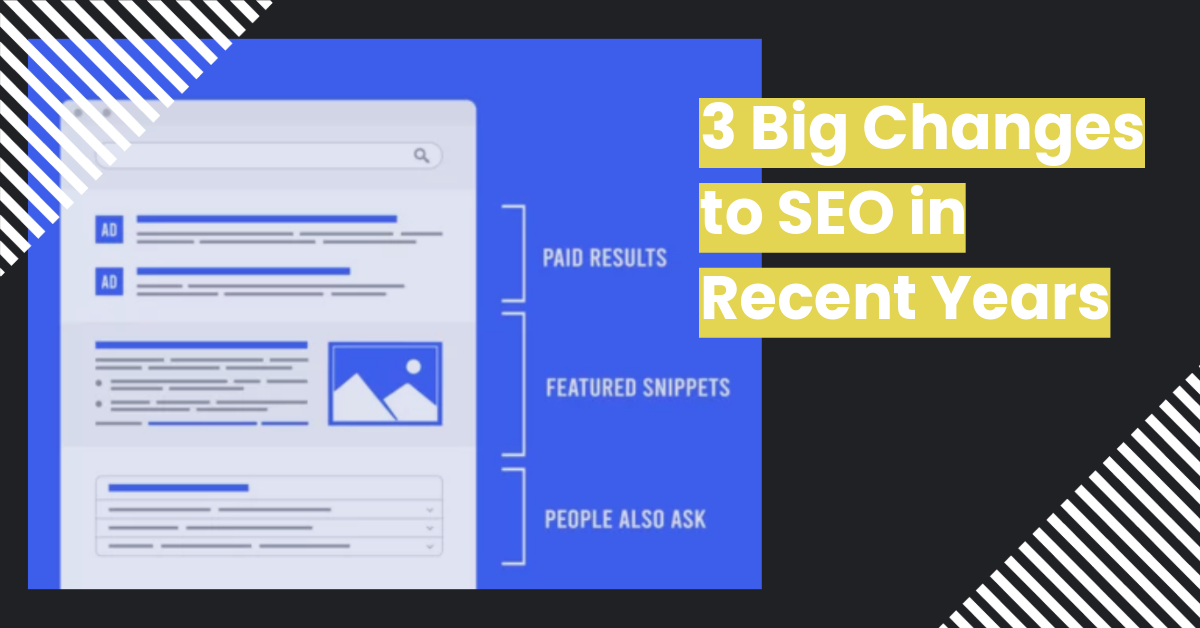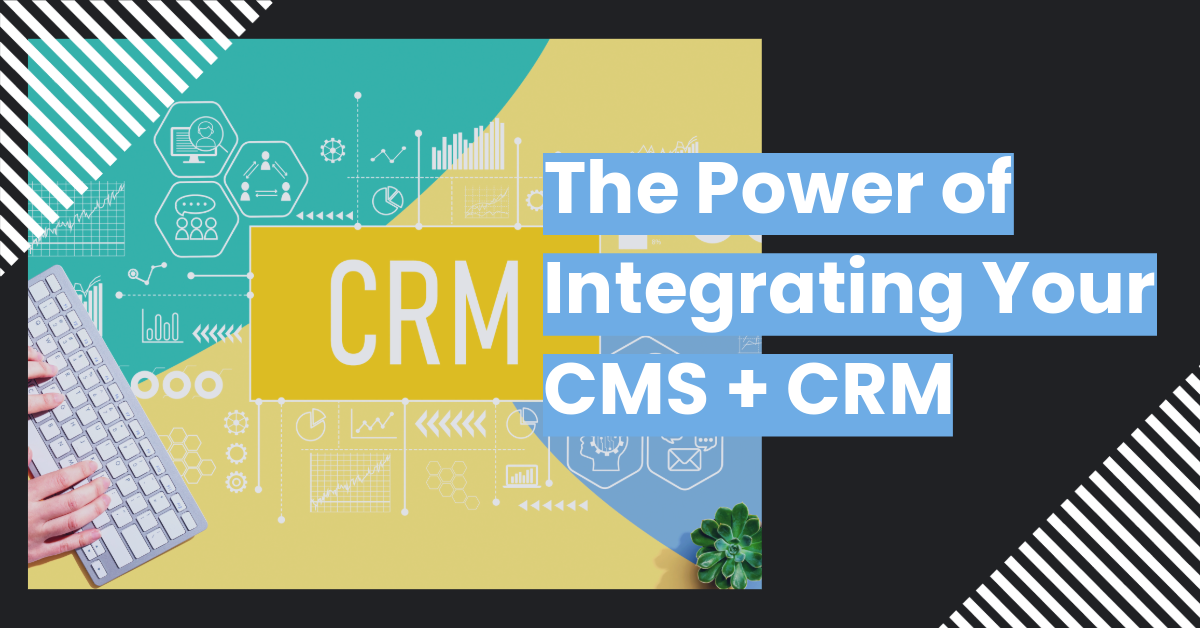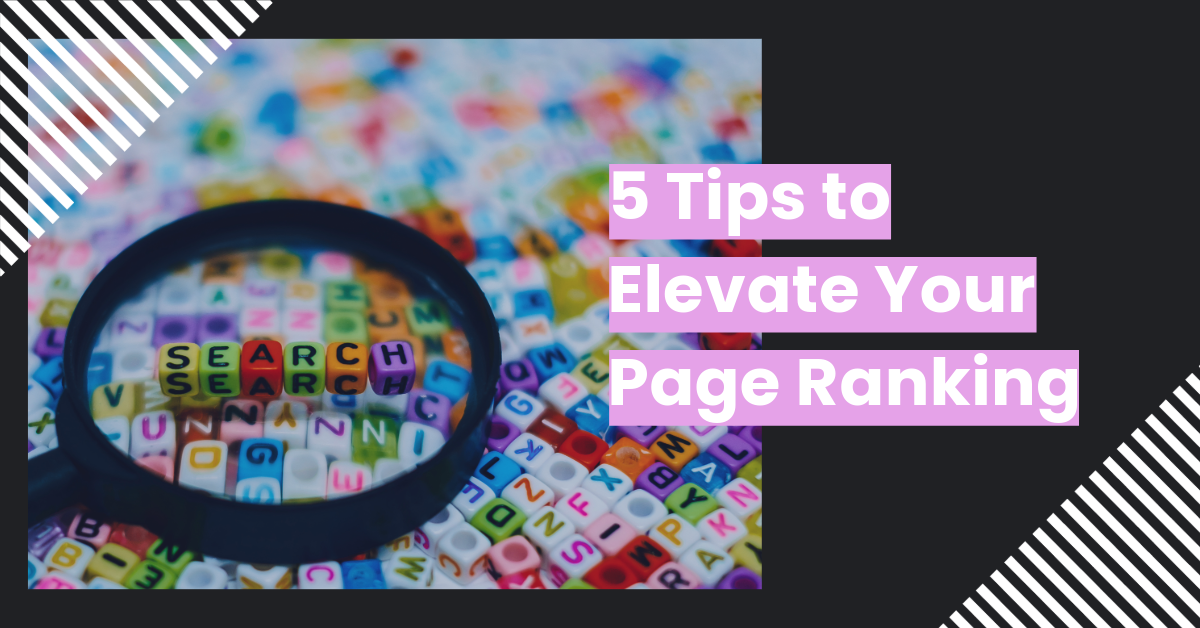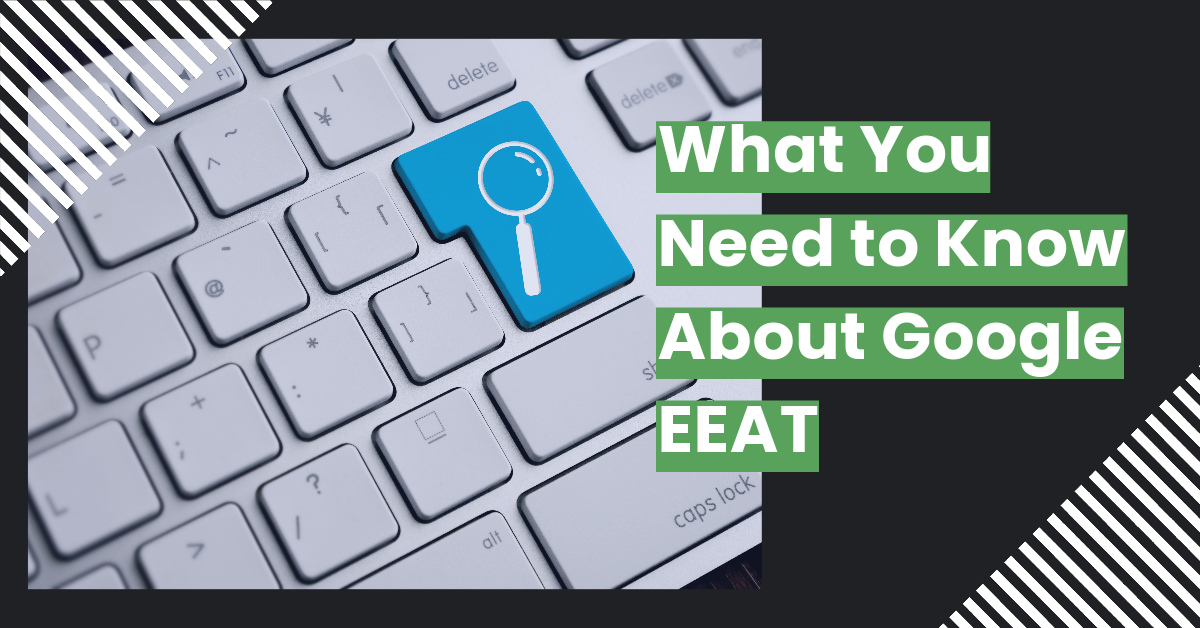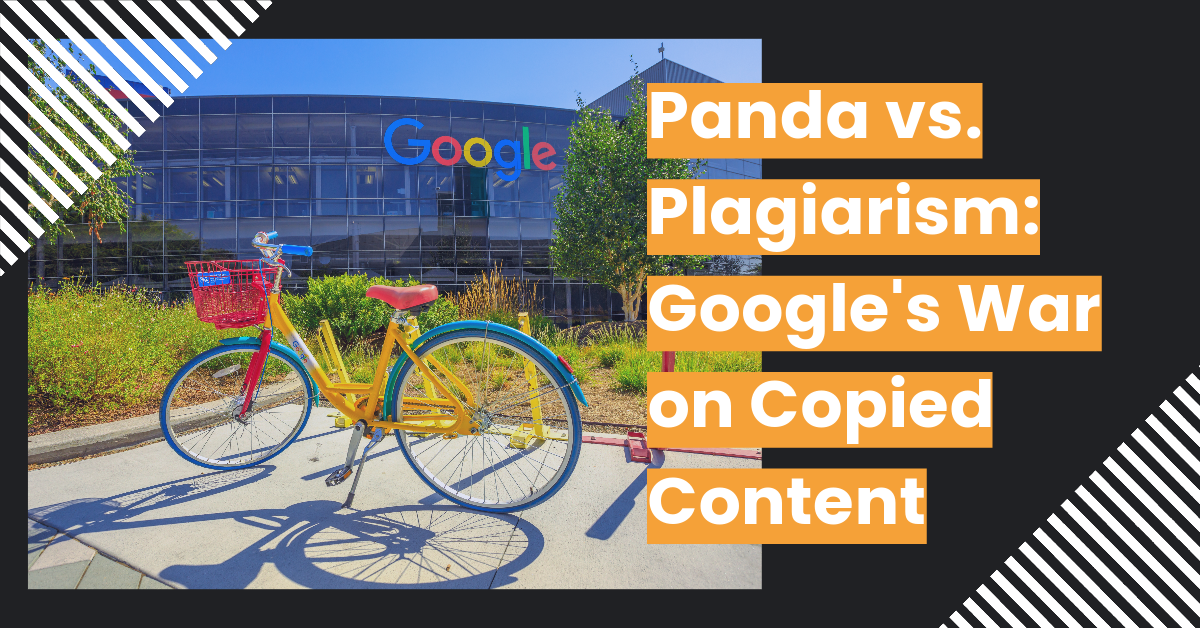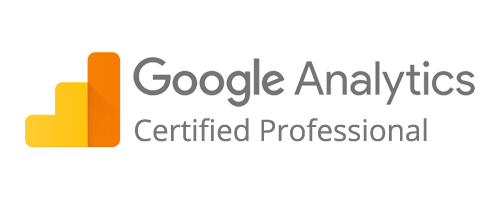2024 Digital Marketing Terms 2024
A-Z Glossary of Common Digital Marketing Terms

A
A/B Testing
A method of comparing two versions of a webpage, email, or ad to determine which one performs better based on conversion metrics.
Ad Extensions
Additional information (like call buttons or location) that can be added to Google Ads to improve click-through rates.
Ad Rank
A Google Ads metric that determines the position of your ad in search results based on your bid, quality score, and expected impact of extensions.
Affiliate Marketing
A strategy where affiliates promote a product and earn a commission for each sale or lead generated.
Algorithm
A set of rules used by search engines to rank content in search results based on factors like relevance, quality, and user behavior.
B
Backlink
A hyperlink from one website to another, crucial for improving a site's authority and SEO rankings.
Bounce Rate
The percentage of visitors who leave a site after viewing just one page without taking any further action.
Branded Keywords
Keywords that include a brand's name, often used in PPC campaigns to capture high-intent traffic.
Broad Match
A keyword match type in Google Ads that allows your ads to show for searches that are related to your keyword, even if not exact.
C
Call-to-Action (CTA)
A prompt on a webpage or ad encouraging users to take a specific action, like "Buy Now" or "Learn More."
Click-Through Rate (CTR)
The ratio of users who click on an ad or link to the total number of users who viewed it. CTR is an important metric in Google Ads.
Conversion Rate (CR)
The percentage of users who complete a desired action, such as making a purchase or signing up, out of the total number of visitors or ad clicks.
Cost-Per-Click (CPC)
The amount paid for each click in a PPC campaign. It is a critical metric in Google Ads to manage ad spend.
Cost-Per-Lead (CPL)
The cost incurred to generate a lead through digital marketing efforts, calculated by dividing total spend by the number of leads.
Customer Lifetime Value (CLV)
A prediction of the net profit attributed to the entire future relationship with a customer.
D
Display Network
A group of over two million websites, videos, and apps where Google Ads can appear, reaching users across a variety of digital spaces.
Domain Authority (DA)
A score developed by Moz that predicts how likely a website is to rank in search engine results, based on factors like backlinks.
Dynamic Search Ads (DSA)
A type of Google Ad that automatically generates ad headlines and landing pages based on the content of your website.
E
Engagement Rate
The percentage of people who interact with content (e.g., likes, shares, comments) compared to the total who view it, often used for social media metrics.
Expanded Text Ads (ETA)
A Google Ads format that allows for more text in ads, offering two headline fields and a longer description (this has been phased out by Responsive Search Ads).
Exact Match
A keyword match type in Google Ads that triggers ads only when the search query is exactly the same or very close to the keyword, offering high precision.
F
Frequency Capping: A feature in Google Ads that limits the number of times an ad is shown to the same user, preventing ad fatigue.
Funnel: The stages of a customer’s journey from awareness to conversion, often broken down into top (awareness), middle (consideration), and bottom (decision).
Flat Rate CPC: A pricing model where the advertiser pays a fixed amount for each click, regardless of the keyword or user behavior.
G
Geo-Targeting
A digital marketing strategy that targets users based on their geographic location, allowing advertisers to create location-specific campaigns.
Google Analytics
A free tool from Google that tracks website traffic and user behavior, providing valuable insights into how visitors engage with content.
Google Display Network (GDN)
A network of sites and apps where Google Ads can appear, reaching users outside of traditional search results.
GCLID (Google Click Identifier)
A unique tracking parameter that Google Ads automatically adds to your URLs when auto-tagging is enabled. It helps track ad performance.
H
H1 Tag
The main heading of a webpage, used to indicate the most important content and improve SEO.
Hashtag
A word or phrase preceded by a "#" symbol, used primarily on social media to group conversations or content by topic.
Headline
The title or primary text of an ad, crucial for grabbing attention in search ads or display campaigns.
I
Impression
The number of times an ad or piece of content is displayed to users, regardless of whether they interacted with it.
Inbound Marketing
A strategy focused on attracting customers through valuable content and experiences rather than interruptive ads.
Interest Targeting
A Google Ads feature that allows advertisers to target users based on their interests and online behavior.
J
JavaScript
A programming language used to create interactive elements on websites, such as animations or dynamic content.
Journey Mapping
A visual representation of the steps a customer takes when interacting with a brand, from first awareness to conversion.
K
Keyword
A word or phrase that users type into search engines, crucial for both SEO and PPC strategies.
Keyword Planner
A free tool within Google Ads and other softwares that helps advertisers research and select the best keywords for their campaigns.
KPI (Key Performance Indicator)
A measurable value that indicates how well a campaign or strategy is achieving its objectives.
L
Landing Page
A standalone webpage created specifically for marketing campaigns, designed to drive conversions from ads or other digital efforts.
Lead Generation
The process of attracting and converting strangers into leads, typically through content marketing, email, and paid ads.
Local Inventory Ads (LIA)
Google Shopping Ads that show products available in nearby physical stores, driving foot traffic.
M
Manual CPC
A bidding strategy in Google Ads where the advertiser sets a maximum cost per click, allowing for more control over bidding strategy.
Meta Description
A brief description of a webpage's content that appears in search engine results, helping users decide whether to click.
Mobile-First Design
A design approach that prioritizes optimizing a website for mobile devices, ensuring a seamless user experience across all devices.
N
Native Advertising
Ads that match the look, feel, and function of the platform where they appear, providing a more seamless user experience than traditional ads.
Negative Keywords
Keywords in Google Ads that prevent your ads from showing up for irrelevant or unwanted searches, improving targeting.
O
Omnichannel Marketing
A cross-channel marketing strategy that provides customers with a seamless experience, whether they are shopping online or in a physical store.
Optimization Score
A Google Ads metric that indicates how well a campaign is set up to perform, providing recommendations for improvement.
P
Pay-Per-Click (PPC)
An advertising model where advertisers pay a fee each time their ad is clicked. Google Ads is a leading platform for PPC campaigns.
Pixel
A small piece of code placed on a website to track user behavior and gather data for retargeting and analytics, can also be called a tracking code or tag.
Product Listing Ads (PLA)
Ads that show product details like image, price, and name, typically used in e-commerce campaigns on Google Shopping.
Q
Qualified Lead
A lead that has shown interest in your product or service and is more likely to convert, based on specific behaviors or attributes.
Quality Score
A Google Ads metric that assesses the quality and relevance of your ads, keywords, and landing pages. Higher Quality Scores can lower costs and improve ad position.
R
Remarketing
A strategy in Google Ads where ads are shown to users who have previously visited your website but did not convert, encouraging them to return. Remarketing can also be done in e-mail marketing 'Drip Campaigns'
Responsive Search Ads (RSA)
Google Ads format that allows advertisers to input multiple headlines and descriptions, which are automatically mixed and matched for optimal performance.
Return on Ad Spend (ROAS): A metric that measures the revenue generated for every dollar spent on advertising, helping assess campaign profitability.
S
Search Engine Optimization (SEO)
The process of optimizing a website to rank higher in search engine results pages (SERPs) and drive organic traffic.
(Serp)
Search engine results page, the page a web browser serves on the screen when you type or ask a search phrase.
Smart Bidding
A Google Ads automated bidding strategy that uses machine learning to optimize for conversions or conversion value in every auction.
Sitelink Extensions
Google Ads extensions that allow you to show additional links to specific pages on your website beneath your ad.
T
Target CPA (Cost-Per-Acquisition)
A Smart Bidding strategy in Google Ads that aims to achieve as many conversions as possible at a specific cost per acquisition.
Tracking Code
A small piece of code used to track user behavior on a website, helping marketers measure campaign performance and retarget users.
U
User Experience (UX)
The overall experience a person has while interacting with a website or app, focused on ease of use and satisfaction.
Unique Value Proposition (UVP)
A clear statement that describes how your product or service solves customers’ problems or improves their situation better than competitors.
V
View-Through Conversion
A conversion that occurs after a user views a display ad but does not click on it, showing that the ad influenced their decision later.
Viral Marketing
A strategy that encourages individuals to share content rapidly through social media or word-of-mouth, increasing reach exponentially.
W
Webinar
A live, online educational or instructional presentation, often used in digital marketing to generate leads and engage with audiences.
White Hat SEO
Ethical SEO strategies that focus on creating high-quality content and improving user experience to rank higher in search engines.
X
XML Sitemap
A file that helps search engines like Google index all pages on a website, improving search visibility and ensuring content is crawled efficiently.
Y
YouTube Ads
Ads that appear on YouTube videos, either as skippable or non-skippable ads, sponsored cards, or banner overlays, part of Google's advertising network.
Z
Zero Click Search
A search result where the answer appears directly in the search engine results page (SERP), requiring no click to access more information.






